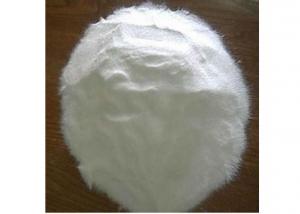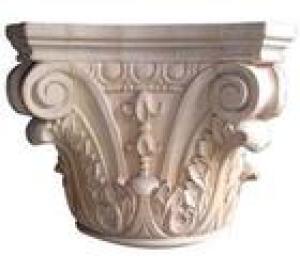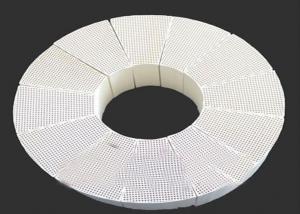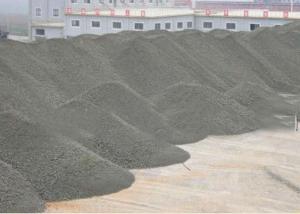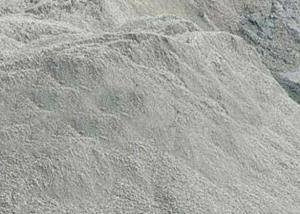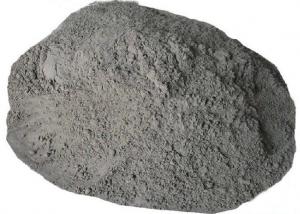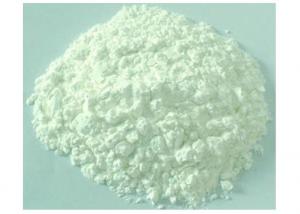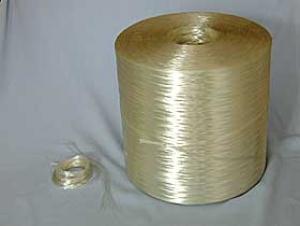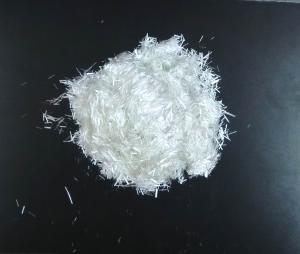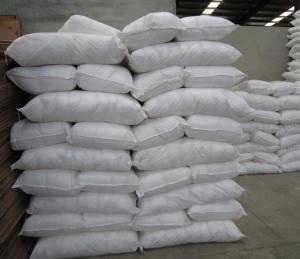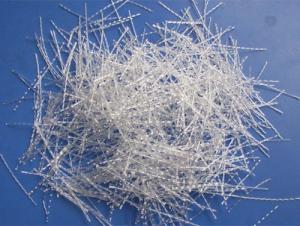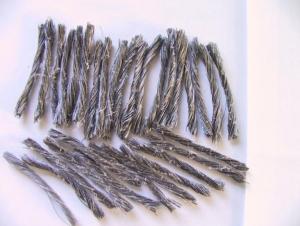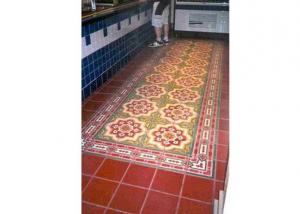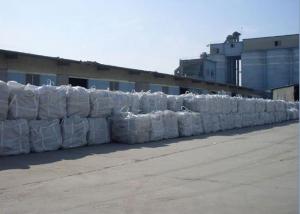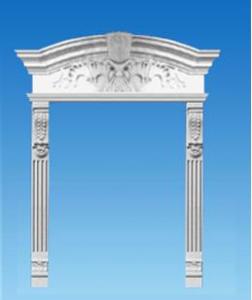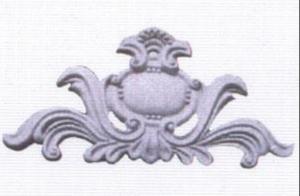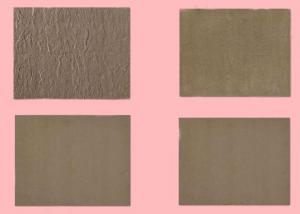Micro Silica Powder for Construction
- Loading Port:
- China Main Port
- Payment Terms:
- TT or LC
- Min Order Qty:
- 10 Tons m.t.
- Supply Capability:
- 3600 Tons per Month m.t./month
OKorder Service Pledge
Quality Product, Order Online Tracking, Timely Delivery
OKorder Financial Service
Credit Rating, Credit Services, Credit Purchasing
You Might Also Like
1.microsilica podwer for construction
2.Stable quality
3.high tempreture to 1600 degree
4.can denisified to 650 kg/m3
Technical Data:
Parameters | Standard Value |
Silicon Dioxide(SiO2) | min 90 % |
Loss on Ignition(L.O.I) | max 3 % |
Moisture Content(H2O ) | max 1.0 % |
Percent Retained On 45μm (325 sieve) | max 2.0 % |
Bulk Density | 250-300kg/kg/m3 and 600-700kg/m3 |
Microsilica CAS #: 69012-64-2
Microsilica Packing: 900kg/jumbo bags, 500kg/jumbo bags and 25kg small plastic woven bags.
- Q:quot;What date was cement made?
- 1.Cement is made by heating powdered limestone and clay. 2.It is used in mortar and concrete - mortar is used to join bricks together and is made by mixing cement with sand and water - concrete is made by mixing cement with sand, water and aggregate (crushed rock) 3.it sets and hardens quickly so building is faster. 4. Portland cement mortar was invented in 1794 and patented in 1824. It gained in popularity over lime mortar by the latter part of the 19th century and by 1930 has all but replaced lime mortar for new construction. Lime mortar was first used in Mesopotamia and was made by heating up limestone to drive out the water, then grinding it to a powder, which had sand added to it for greater strength. To use it, water was mixed to it to form a paste which slowly hardens. It was used in the Pyramids.
- Q:what is the definition of cement? I know the cement but I want to know the exact definition in engineering vie?
- Cement is a very general and vague term. Perhaps you mean Portland Cement ? Any glue can be labeled cement, as it binds things together. wikipedia: In the most general sense of the word, a cement is a binder, a substance which sets and hardens independently, and can bind other materials together. The word cement traces to the Romans, who used the term opus caementicium to describe masonry which resembled concrete and was made from crushed rock with burnt lime as binder. The volcanic ash and pulverized brick additives which were added to the burnt lime to obtain a hydraulic binder were later referred to as cementum, cimentum, c?ment and cement. Cements used in construction are characterized as hydraulic or non-hydraulic.
- Q:Why do the bulk cement trailers or the silo trailers use a peculiar shape?
- The secret to the shape is inside the drum. There are spiral fins welded to the inside of the drum. When you turn the drum one direction, the dry cement ingredients the water are pulled down into the drum by the direction of the fins, mixing everything together. When you arrive at the job site, the ingredients are all mixed into cement, and ready to use. The driver then reverses the rotation of the drum, and the mixed cement now is pushed out of the drum by those same fins, he pours the load, and goes back to the yard. The ingredients are loaded into the drum dry, then water is added. The drum then mixes it all as the truck is driving to the job site.
- Q:I had braces for a while when I was younger and the orthodontist never removed all the cement, i went back and complained but theres still some left on, esp on my back teeth. Is this normal and is it likely to cause any problems? other than being irritating.
- I never had braces, but i'm in dental hygiene school and I find cement on my patient's teeth that has been there for years sometimes. Your dental hygienist can usually get it off for you.
- Q:What is Rietveld method its application in cement industry?Is there any software for calculating clinker phases using this method?
- The Rietveld method uses a powder sample instead of a large single crystal to determine crystal structure by X-Ray Diffraction. This is important in the cement industry because cement is a powder and not crystals of any size. This is useful in determining the quality of the product and adjusting burning conditions in real time. Several different software packages have been developed for this technique.
- Q:How are the ashes from a volcano used to make cement?
- Commercial cement is not made from volcanic ash. It is usuually made with limestone or marble (source of CaO) as the main ingredient. Other incredients include some clay and gypsum. After mixing the stuff is heated to form clinker then with some more mixing goes into bags, bins, or tanks for mixing with sand, gravel and water to make concrete. Volcanic ash will harden somewhat into a cement-like compound when it becomes wet. Many cars had their paint jobs ruined in 1980 by Mt. St. Helens ash mixed with a little precipitation.
- Q:I am working in concrete fieled practice and i would like to know more about the cement and microsilica, that is my concern.
- Cement is made by heating limestone [CaCO3] with small quantities of other materials (such as clay) to 1450°C in a kiln, in a process known as calcination. The resulting hard substance [CaO], called 'clinker', is then ground with a small amount of gypsum [MgSO4.2H2O] into a powder to make 'Ordinary Portland Cement', the most commonly used type of cement (often referred to as OPC). Portland cement is a basic ingredient of concrete, mortar and most non-speciality grout. The most common use for Portland cement is in the production of concrete. Concrete is a composite material consisting of aggregate (gravel and sand [impure SiO2]), cement, and water. As a construction material, concrete can be cast in almost any shape desired, and once hardened, can become a structural (load bearing) element. Concrete consists of highly insoluble calcium silicates (CaO+ SiO2 -> CaSiO3). Now silica is pure SiO2 and so finely grounding it and putting into the concrete mixture instead of more coarse sand almost certainly results in a better product with better mixing and hence a stronger cement. This is an educated (I hope!) guess by an inorganic chemist. Cheers, dr p
- Q:I've tried hosing it down, sweeping etc. Nothing seems to work. Can anyone recommend a solution for my problem?
- Muriatic acid is commonly used to clean concrete. Read and heed ALL of the safety warnings on the bottle. Full face shield, long heavy duty rubber gloves, don't skip anything. The acid is nasty stuff. But it will do the job. Just follow the directions on the bottle for mixing and use. You can get it at any hardware or big box store. Alan
- Q:As there are many types of cement, i want basic types of cement
- Type 1 - Normal portland cement. Type 1 is a general use cement. Type 2 - Is used for structures in water or soil containing moderate amounts of sulfate, or when heat build-up is a concern. Type 3 - High early strength. Used when high strength are desired at very early periods. Type 4 - Low heat portland cement. Used where the amount and rate of heat generation must be kept to a minimum. Type 5 - Sulfate resistant portland cement. Used where the water or soil is high in alkali.
- Q:How to identify the quality of cement rods produced by China's tower network?
- "smell", where the "smell" is "listening" means, Cement ingredients, and thus infer the quality of cement poles, at present, some small domestic cement plant for low-cost sales, violation of cement standards, excessive use of cement mixed materials, not strictly in accordance with the standard ratio of raw materials, product performance Can be imagined, the regular manufacturers of cement raw materials listed on the listing of the rigorous, the production of cement with a condensing time is moderate, durable Good features 3
Relying on many years of a good reputation and good service, we have many customers from at home and abroad. We have established long-term and steady business relationship with them. Our Microsilica products are not only selling well in China, but also exported to the United States, Germany, Australia, Asia, and other countries and regions around the world.
1. Manufacturer Overview |
|
|---|---|
| Location | Luoyang, Henan, China (Mainland) |
| Year Established | 2011 |
| Annual Output Value | US$2.5 Million - US$5 Million |
| Main Markets | North America; South America; Eastern Europe; Southeast Asia; Oceania; Mid East; Eastern Asia |
| Company Certifications | ISO 9001:2008 |
2. Manufacturer Certificates |
|
|---|---|
| a) Certification Name | |
| Range | |
| Reference | |
| Validity Period | |
3. Manufacturer Capability |
|
|---|---|
| a)Trade Capacity | |
| Nearest Port | |
| Export Percentage | 31% - 40% |
| No.of Employees in Trade Department | |
| Language Spoken: | |
| b)Factory Information | |
| Factory Size: | |
| No. of Production Lines | |
| Contract Manufacturing | |
| Product Price Range | |
Send your message to us
Micro Silica Powder for Construction
- Loading Port:
- China Main Port
- Payment Terms:
- TT or LC
- Min Order Qty:
- 10 Tons m.t.
- Supply Capability:
- 3600 Tons per Month m.t./month
OKorder Service Pledge
Quality Product, Order Online Tracking, Timely Delivery
OKorder Financial Service
Credit Rating, Credit Services, Credit Purchasing
Similar products
New products
Hot products
Related keywords
